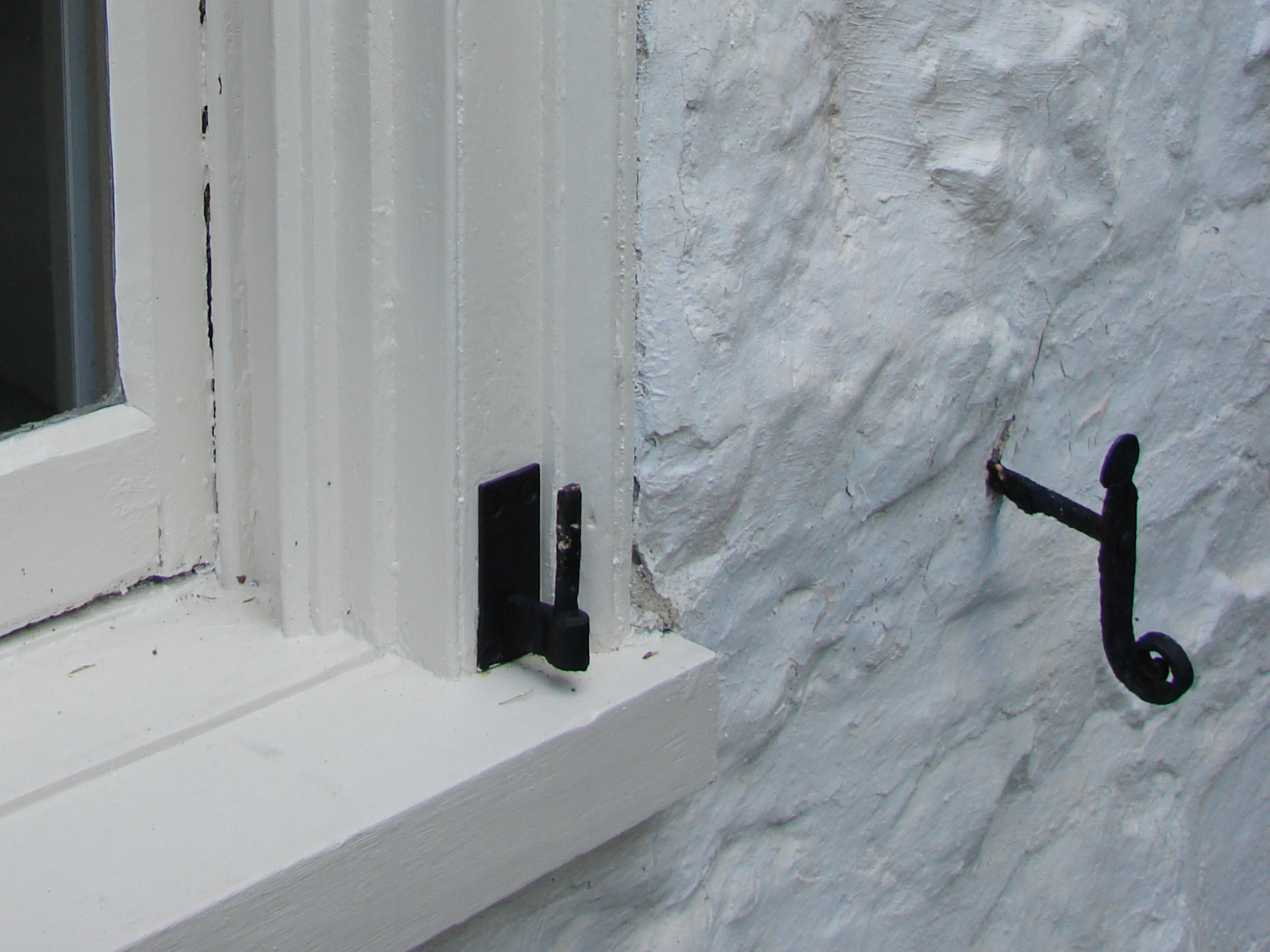Finding the correct offset for exterior shutter hardware certainly can be daunting. But, with a little practice you’ll be well on your way to hanging your shutters with an offset that’s just right! What is Hinge Offset and why is it needed? Hinge Offset is the counterbalance needed for a shutter or door to easily …
Day
Showing: 1 - 1 of 1 RESULTS
